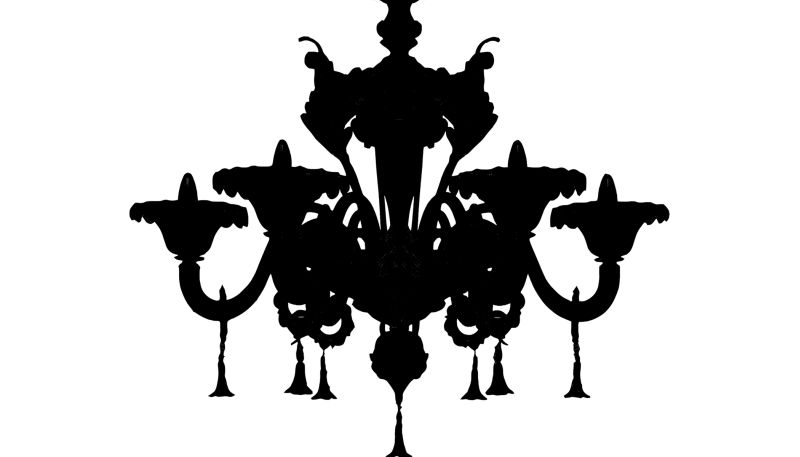Question
There have been numerous questions posted about which program to get to do 3D design work with. I am still stuck between Artcam and Aspire (want to do 3D work but also want to do wave designs and of course cost is a factor). The question (and answer) that I have not seen is what router bits to get after deciding on software. We do nested based cabinets so our router bits are larger (1/2, 5/16, 1/4) and are either straight, down-shear, or compression. What would you consider a good starting lineup that would cover most of your basics (ie: carving, reliefs, roughing, finishing, text)?
Forum Responses
(CNC Forum)
From contributor W:
I use ball nose 1/16, 1/8, 3/16, 1/4, 3/8, and 1/2 depending on need and application. I have done large full (life) size chess players, appliques (eagle globe and anchors) for the USMC in walnut (4.5" thick 72" in diameter) arched and radius trims with cherubs leaning out inspecting the work as installed. Iím currently making "wave" and textured panels for a development clubhouse and theater all with Aspire. I have Artcam yet prefer Aspire.
Other guys argue that small diameter straight bits get into the small corners more effectively, and to a point I can see this in pencil tracing operations or "rest machining", where you cut the main body of work with a larger bit then go back at the corners with a smaller tool to increase detail.
MSC distributes small diameter straight bits and ball mills in two, three, or four flute varieties. They are made for metal work, but are a lot stronger than the ones made for wood, and I find that difference in cut quality at these small diameters to be negligible in most cases.
